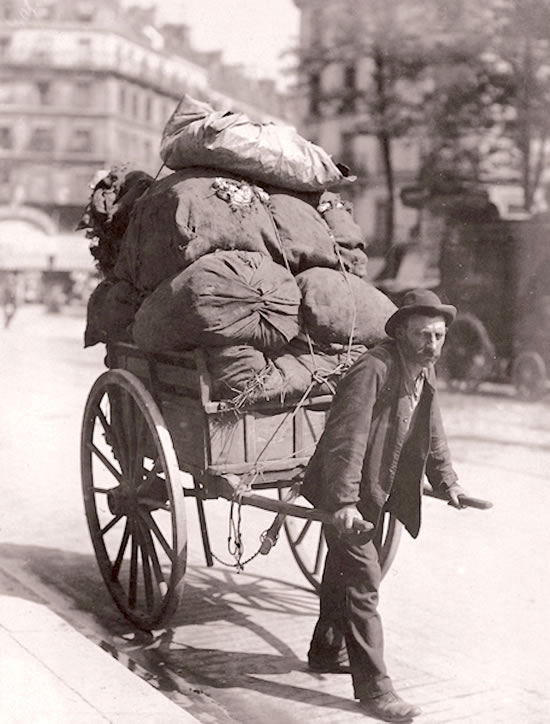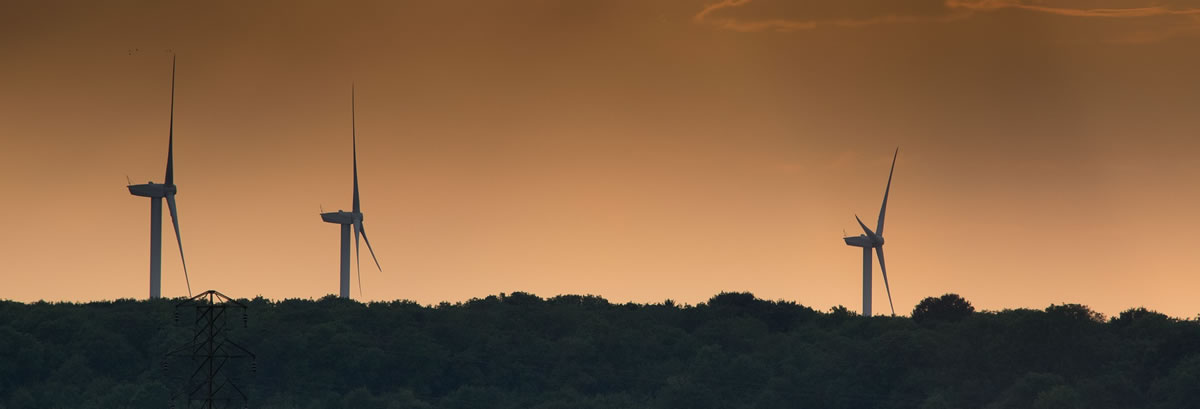 Many of today’s younger generation have never heard the term ‘rag-and-bone man’ as these enigmatic figures have largely all but disappeared from our modern streets.
Many of today’s younger generation have never heard the term ‘rag-and-bone man’ as these enigmatic figures have largely all but disappeared from our modern streets.
It was extremely common back in the 1970s to hear a rag and bone man calling to householders as he travelled slowly down our roads, shouting ‘old lumber’, ‘rag-and-bone’ or something similar. As some will also no doubt remember, the profession even spawned a hit TV show in the 1970s in the guise of Steptoe and Son.
What’s a rag-and-bone man?
If you’re new to the term, a rag and bone man (sometimes referred to as a ‘totter’) was a person who either travelled by horse (or pony) and cart or in a van at a snail’s pace down every neighbourhood street, looking to collect a wide range of materials to sell for a profit.
On hearing their call, residents with items they thought the rag and bone man might want would go outside into the street and stop them. The rag and bone man would then tell them if he wanted to take their scrap or not.
History of the rag and bone man
Whilst scavenging for anything of value is by no means a new idea (we’ve been doing it since the dawn of time), the term – or variations of it, seems to have been commonly used in the early to mid-1800s.
Rag and bone men would travel through city streets on foot, usually carrying a large bag over their shoulder. They rarely had any form of transport and were generally very poor people trying to eke out a living from collecting anything that they thought might have a resale value such as old rags, cloth, bones and metal.
They were typically referred to by names such as bone grubbers, bone pickers or rag gatherers.
Read more





